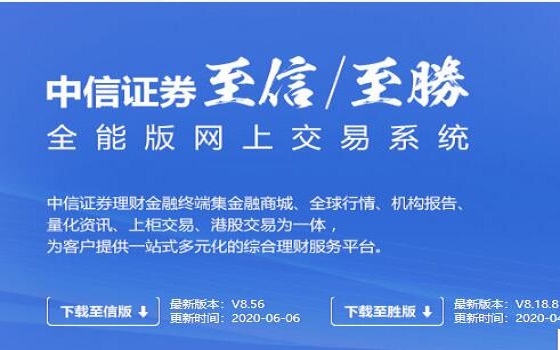Macro Monday China:Reading policy leaves from the Central Economic Work Conference
Markets corrected on bond sell-off: Last week H-shares fell 4% while Asharespulled back 3%. Although the Fed hike last Thursday was widelyexpected, the US 10-year Treasury yield still rose to a 2-year high of 2.6%and the dollar index climbed to a 13-year high of 103, while the RMB fell 0.5%against the US$ to 6.95. China’s bond market was under huge pressurerecently, as the 10-year Treasury yield edged up to 3.3%, from 2.6% merelytwo months ago. The 7-day repo rate, the most important interbank rate,jumped to a 20-month high of 3.7% and has become much more volatile. ThePBoC has shown clear intention to deleverage the bond market. But thecentral bank doesn’t want to see a credit crunch either, therefore it injectedRMB394bn last Friday through MLF to calm down the market.
Takeaways from the Central Economic Work Conference (CEWC): ThePolitburo gathers each quarter to have a meeting which is dedicated toeconomic issues (see our comment on the latest one, Stability as the keyword in Politburo’s 2017outlook, 12Dec 2016). China’s policy makers alsohave an annual meeting called the Central Economic Work Conference, whichjust concluded last Friday. These meetings are the windows to read the policytea leaves. For instance, last year, when China was under huge deflationpressure, industrial overcapacity and housing inventory overhang, the CEWCembraced so-called ‘Supply-Side Reform’, which aimed to cut capacity andlower inventory. It has worked very well. Commodities and property are thebest performing sectors in 2016, and PPI deflation has turned into inflationagain. Then what’s new for next year?
Stability is priority: As the latest Politburo meeting shows, stability is the toppriority for next year. It’s understandable given the ongoing political transition.The economy looks steady at this moment (our comment on Nov data).Therefore, compared with the past two years, this time the CEWC spent lesstime on growth but more on containing financial risks. Clearly next year thelast thing China’s top leaders want to see is the kind of market crash like thatin summer 2015. As a result, the CEWC used the word “neutral” for monetarypolicy this time, while last year it used “flexible”. While it’s premature to hikethe benchmark 1-year deposit rate, the PBoC will likely guide the interbankrates higher and more volatile. Regulation will also remain tightened,evidenced by the recent curbs on equity investment by insurance money.
Property, debt and currency: For property, to fix the coexistence of surginghome prices and high housing inventory, the CEWC highlighted that allocatingland supply should be in line with population flows. For debt, the CEWCstressed the deleveraging of corporate debt. The solutions proposed by theCEWC include debt-to-equity swaps and rising equity financing. For currency,the CEWC stressed “increasing elasticity”, which might refer to two-wayvolatility. In 2016, the Yuan depreciated when the US$ was strong, butstabilized when the US$ was weak. Such one-way depreciation has led torising depreciation expectations, resulting in huge capital outflows pressure.
Reform outlook: Unlike the ‘Supply-Side Reform’ last year, there are notmany new themes to highlight this time. The CEWC highlighted Supply-SideReform, SOE reform and One-Belt-One-Road. It vows to continue to cutcapacity in the steel and coal sectors, while deepening the mixed ownershipreform in the utilities, energy, railway, airline, telecom and defense industries.
- ·2019年9月财政数据点评:支出大幅增长 基建投向分化 2019-10-18
- ·9月&3季度经济数据点评:9月我国工业增加值表现回暖 2019-10-18
- ·9月经济数据点评:6%的信号 2019-10-18
- ·2019年9月主要经济数据点评:下行压力释放 未来企稳可期 2019-10-18
- ·宏观研究:GDP6.0后的政策抉择 2019-10-18
- ·九月房地产投资数据分析:投资回落趋缓 销售趋于好转 2019-10-18










